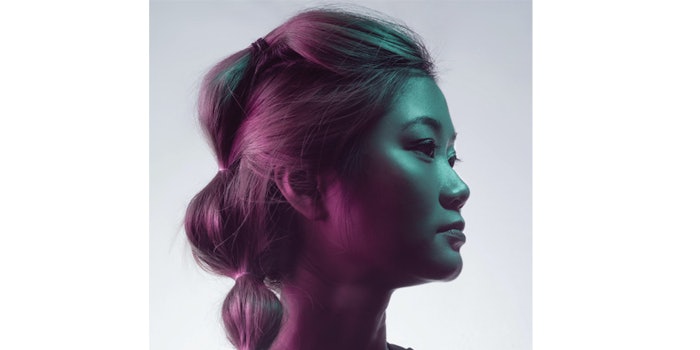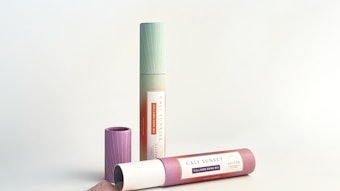
The first few months of the 2020 quarantine will forever be remembered as a time of rapid adaptation. And, amid the times of uncertainty and fear, a new can-do attitude emerged, as circumstances meant that DIY projects now applied to everything—from cooking to home improvement to, yes, even the full range of salon services.
“During the lockdown, consumers were not able to go to salons and this led to an increase in demand for products that could be used at home, such as treatments and coloration,” explains Juliana Gomiero, global strategic marketing director, Lubrizol Life Science—Beauty. “And even though the consumption of styling products decreased during lockdown, consumers do not want to stop using them. They were looking for styling products with additional benefits, such as care and protection.”
The adaptations and time at home led many consumers to reevaluate their hair care routines, and decide which habits would remain post-pandemic. Suppliers and brands—even salon-centric brands—that stayed agile, remained in communication with consumers and are committed to innovation have a bright future. Read on to learn how they’re turning the pandemic’s pivots into profits.
Decoding Hair Care’s Boom: 2020-2021
Per NPD data, U.S. prestige hair care had a strong 2020, growing 7% year-over-year. The category’s 2020 sales returned to positive territory in July after the initial shocks of early lockdowns and sustained healthy activity through the remainder of the year.
Globally, top prestige growth markets for hair included the United States, Canada (which posted 33% hair care category growth), France, Spain, Germany and China, the latter of which posted 122% year-over-year growth, per NPD.
For the full article, check out Global Cosmetic Industry's June 2021 digital magazine.










